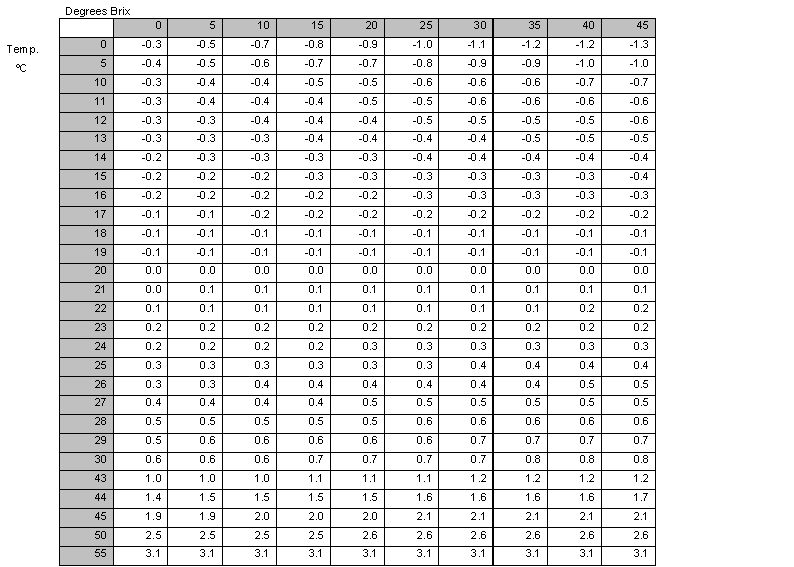

Since we are using the hydrometer to measure degrees Plato and specific gravity, a correction factor must be applied for variations in temperature for both readings. Just like the specific gravity of wort is compared to the specific gravity of water, the water is just an arbitrary variable that always gives us the same values each time we measure against it (adjusted for the temperature of course). In other words, to say your wort is 15 degrees Plato (or Balling), would mean that if your wort’s fermentables were 100% sucrose they would make up 15% of the total weight.Īlthough we know our wort is not made up of 100% sucrose, it doesn’t really matter because we just wanted a way to measure the total fermentables that would give a consistent number time after time. So, they carefully made solutions of sugar (in this case sucrose, because it would give the most weight per unit of water) and water, then weighed the known volume of this sucrose solution to determine their densities (in % sucrose extract by weight or Plato/Balling).

Rather than just check the specific gravity, which measured the wort’s total density, they wanted to correlate the density with the amount of sugar or fermentables in their beer. So, if you want to use these recipes, you will need to convert the units, Plato to SG, and SG to Plato.īrewers in the 1800’s in Bohemia and Germany, wanted to come up with a way of measuring the amount of fermentables (ie. Why would you want to? Many brewers use degrees Plato to describe a wort’s percent extract by weight and many recipes will give the original gravity and final gravity in degrees Plato.
#SG TEMPERATURE CONVERSION HOW TO#
The purpose of this article is to provide the basics of how to convert degrees Plato to specific gravity.


 0 kommentar(er)
0 kommentar(er)
